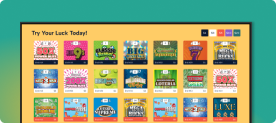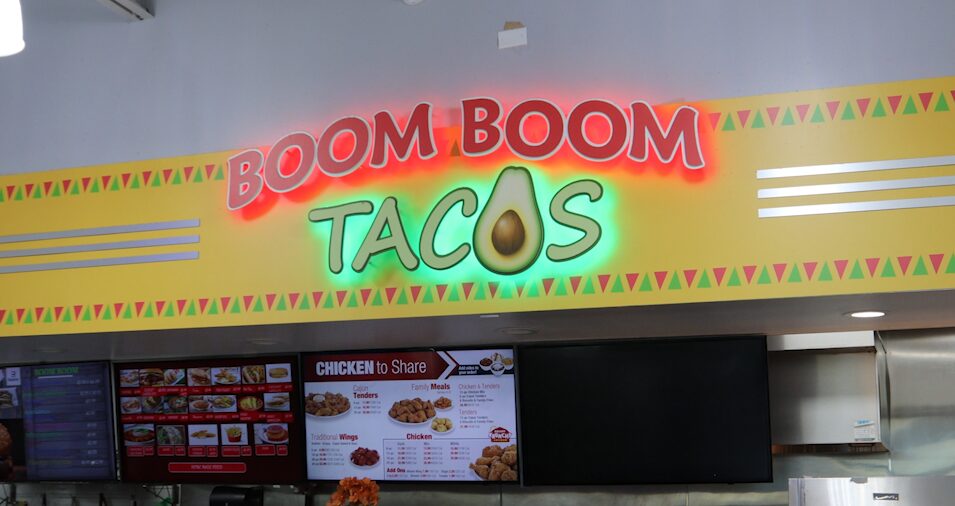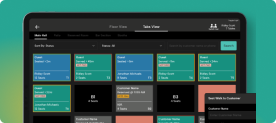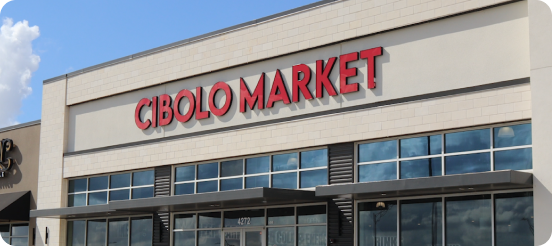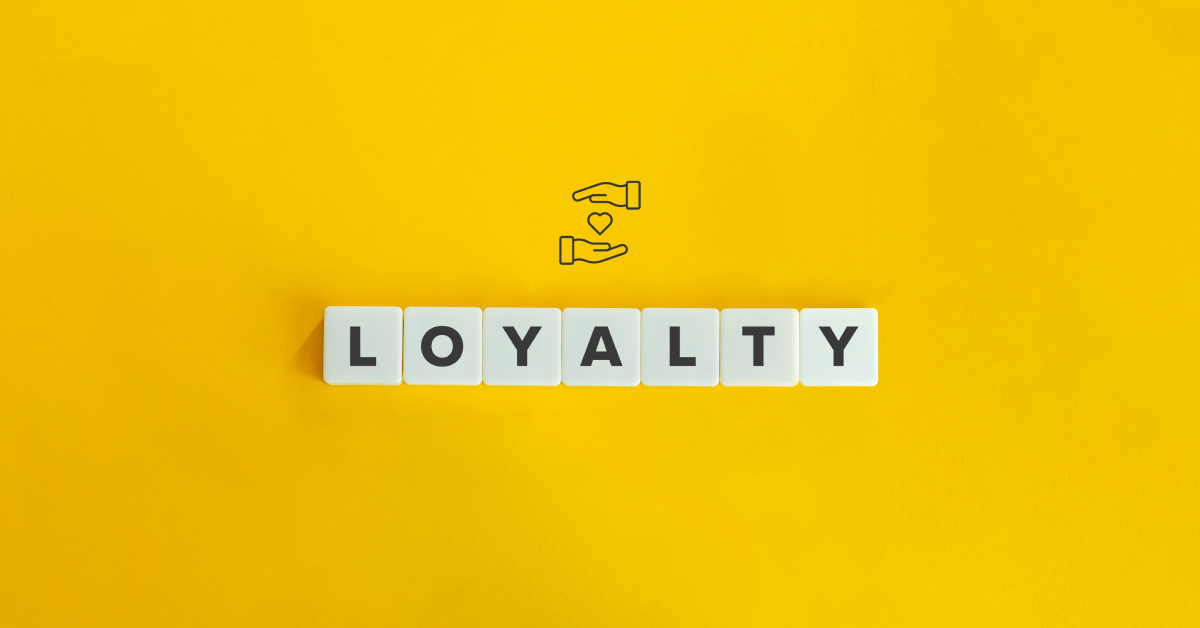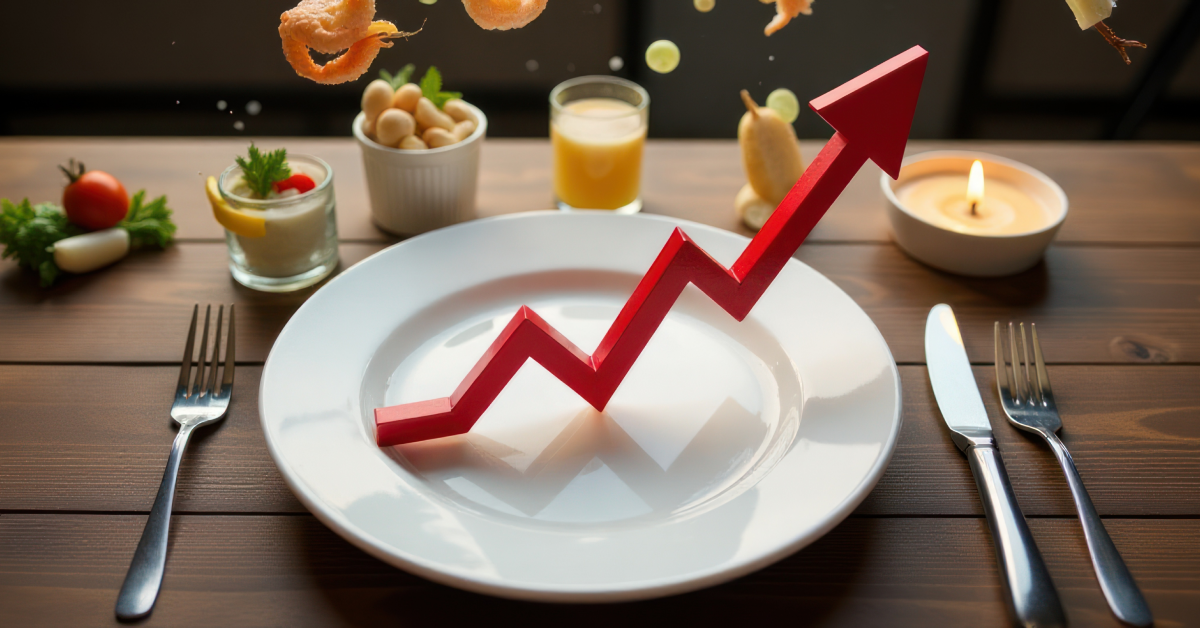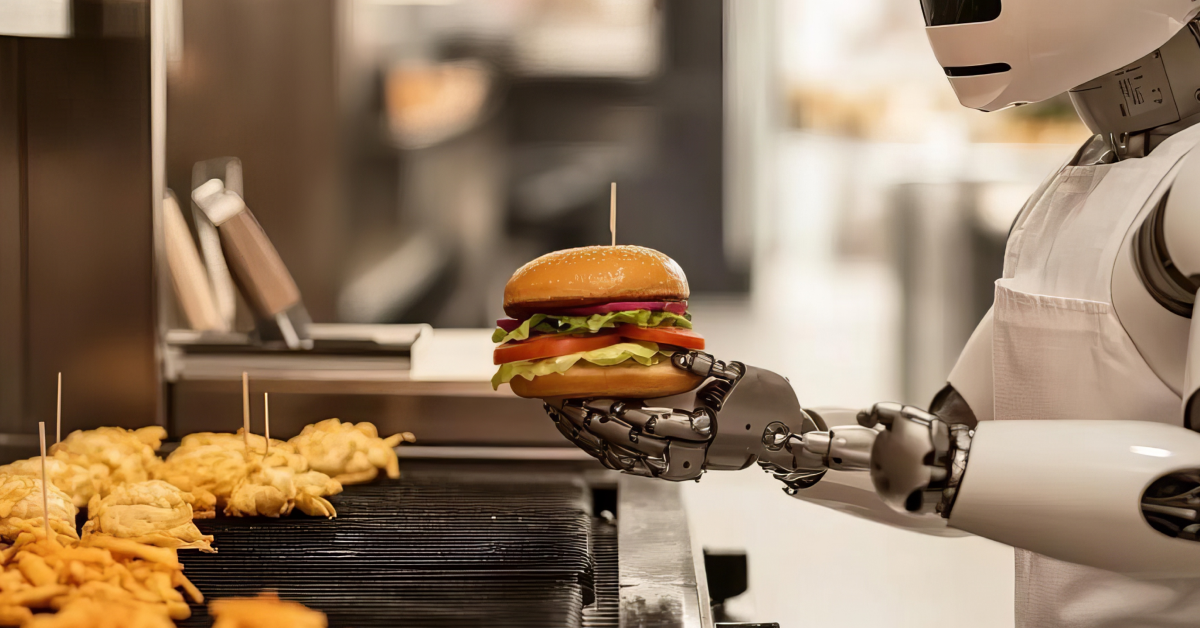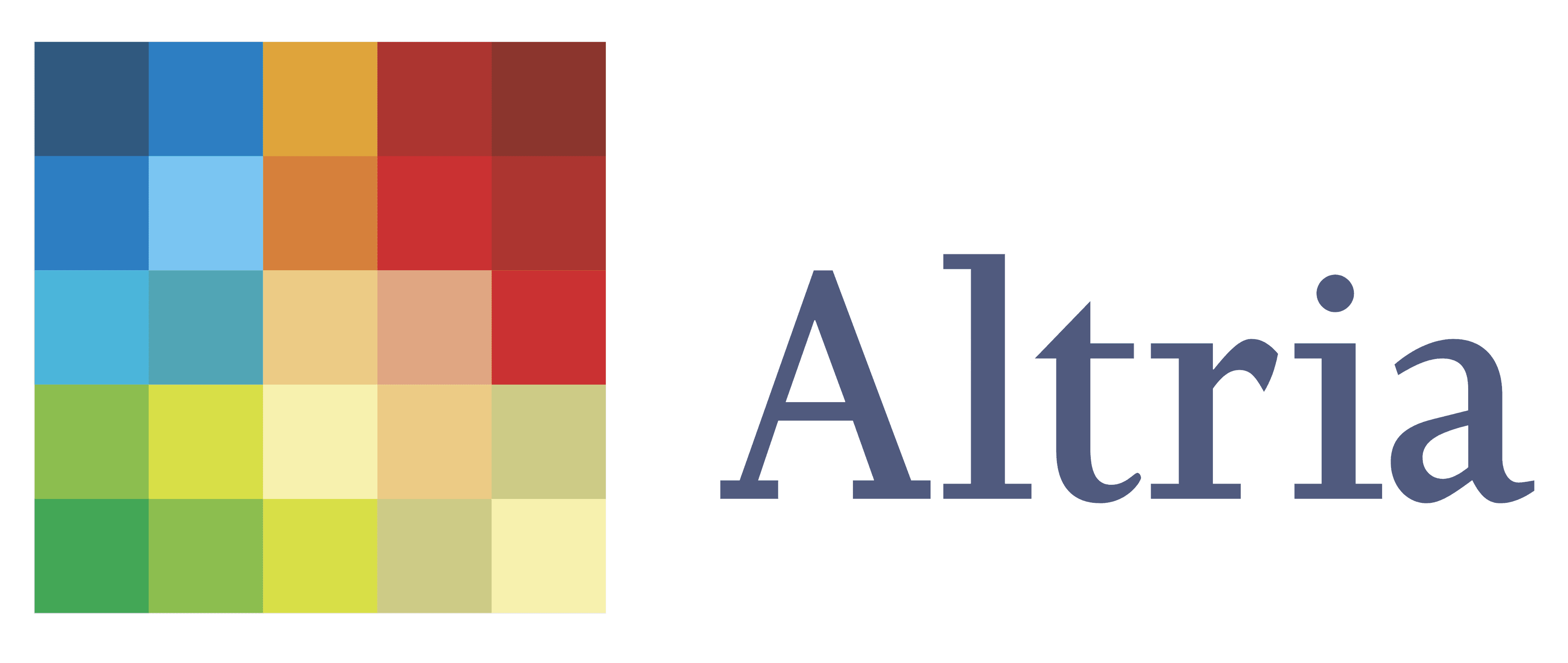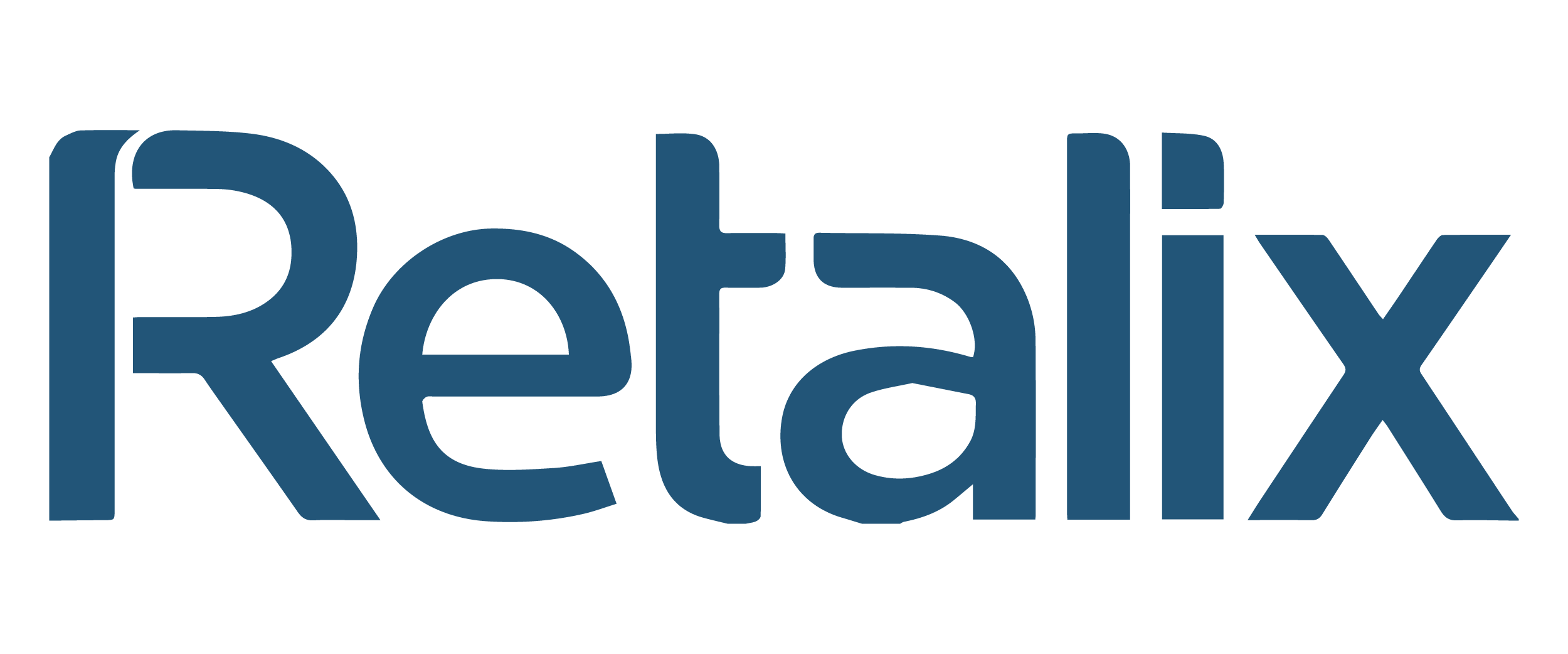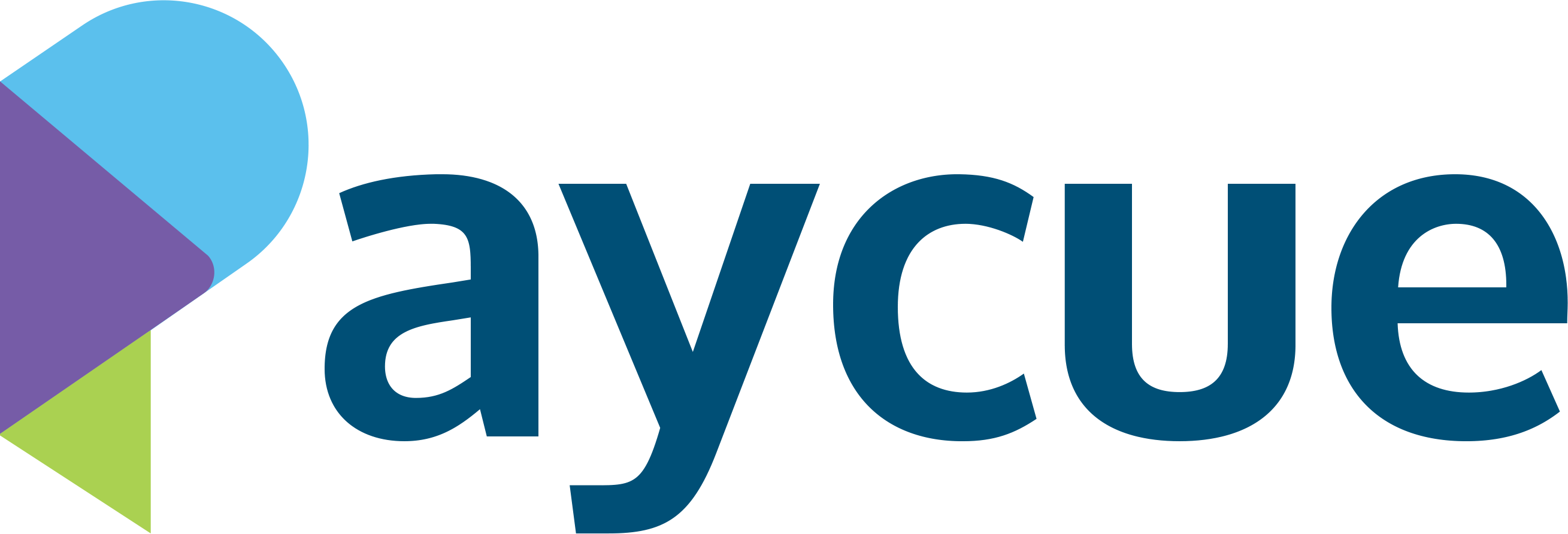How to Grow Your Convenience Store Business Beyond One Location

- June 5, 2025

While 2024 saw a wave of retail closures, 2025 is shaping up to be the year of reinvention—especially for convenience stores. With brands like Wawa, 7-Eleven, and Circle K doubling down on smart tech and regional expansion, the question isn’t ‘Will the market recover?’ but rather – Are you ready to expand your convenience store business and be part of the next wave of growth?
And the momentum isn’t just coming from billion-dollar chains. It’s a signal that smart c-store strategies thrive where big-box retailers are pulling back. This isn’t just expansion. It’s evolution and it’s creating room for operators like you to scale smarter, faster, and farther than ever before.
Why 2025 Is the Year to Expand Your C-store Business
On the surface, 2025 looks tough for retail. Potential tariff impacts, supply chains are shaky, and economic pressure is everywhere. It might seem like a good time to play it safe, but for c-store owners with vision, this could be the perfect time to grow.
Big retailers are pulling back, which means there’s more room to step in. And as people change how and where they shop, local stores have an edge. You’re close, you’re quick, and you can adjust faster than the big guys ever could.
Not long ago, going up against national chains felt impossible without deep pockets. But that’s not the case anymore. Customers today care less about big names and more about fast service, smart convenience store experiences, and stores that fit their daily routine.
As stores like CVS and Walgreens pull back from certain regions, c-stores are perfectly positioned to fill the gap, especially if they already know what works locally.
With smart systems and a solid retail expansion strategy for c-stores, 2025 could be your most transformative year yet.
How Graboost Turned One Store into a Scalable Success
Graboost, a convenience store located in Austin, Texas, was facing the same growing pains many c-store owners know all too well. The customers were there, the team was working hard, and the vision for growth was clear. But day-to-day operations were becoming increasingly difficult to manage.
Sharif Parsla, the store’s owner, knew something had to change. That’s when he connected with the experts at Modisoft, showing just how powerful scaling convenience stores with technology can be.
“We’re seeing today’s business owners have multiple stores, and that actually happened because we introduced Modisoft technology,”says Sharif.
With the right systems in place, Sharif not only grew his business—he gained back his time, peace of mind, and confidence. Today, Graboost has grown from a single store into a successful multi-location brand. And it all started with a clear plan, the right tech, and a partner that understood the journey. Click to learn more about how Modisoft has helped other c-store businesses grow.
Steps To Successfully Scale Your C-Store In 2025
You don’t need a miracle to scale your c-store; you need a system. The kind Graboost used to build multi-location convenience store operations with confidence.
Whether you’re tired of hitting ceilings or ready to grow beyond just getting by, these next steps will show you how to scale a convenience store in 2025.
Step 1: Spot Where You’re Losing Time and Money
In last year’s industry report, NACS revealed that U.S. convenience stores saw direct store operating expenses rise by 3.3%, hitting $150.1 billion, with wages and benefits alone accounting for $84.2 billion. Even more concerning? Inventory shrinking jumped to 2%, up from 1.4% just two years earlier.
If 2023 was the warning sign, 2025 is the year to act.
Before you expand, you need to get honest about what’s slowing you down. Are your margins getting eaten up by unnecessary costs? Are your employees stuck in manual processes? The good news is that this is fixable.
Start by evaluating:
Where time is being wasted
Which tasks could be automated
How long it takes to reorder and restock
Whether your reporting helps or hinders decision-making
To save time in spotting where you’re losing money you can use a free c-store Profit & loss calculator to analyze gross profit, net profit, and break-even point.
Step 2: Build Systems That Can Run Without You
Hard work pays off—or at least, that’s what we all tell ourselves when we’re grinding day and night to chase a dream. But let’s be real—it only pays off if it leads to freedom.
You’re not new to this. You’ve been running your store for years. You know what works, and you’ve done most of it yourself. But here’s the question: was that hard work really worth it if the business can’t run withoutyou?
This step isn’t about building just a store—it’s about building a self-sustaining system.
Start by listing everything that still depends on you: pricing, scheduling, vendor calls, reports, stock checks.
Then ask: which of these can be automated? Which can be simplified with the right tools?
Here are a few systems to consider:
Use a smart POS system for multi-location stores to manage inventory, digital pricing, loyalty, and sales—all in one place.
Automate employee scheduling to optimize shifts and reduce labor costs.
Manage multiple store locations from a single, easy-to-use dashboard.
And if this sounds like it takes a ton of tech expertise, it doesn’t. Tools like Modisoft give you everything in one place—with 24/7 support to help you scale smoothly.
Step 3: Understand Your Customer Base Before You Try to Scale
Scaling can be scary. Expanding your convenience store feels like a leap of faith, especially when you’ve spent years perfecting your current location. What if your customers don’t follow? What if your brand doesn’t resonate in a new area? What if it all falls apart?
It’s easy to get overwhelmed by fear of failure when thinking about expansion. But you don’t have to step back. Start by understanding your customers’ needs.
Before opening another location, ask yourself these crucial questions:
Who are the customers that keep coming back? What makes them loyal? Do they value your service, convenience, or product selection?
What habits drive their purchasing decisions? Do they buy certain products regularly or are they driven by convenience?
Are there areas where your current store excels and areas where it could improve?
Understanding the friction points, whether in pricing, product availability, or customer service, will allow you to fix these before scaling.
If tracking customer data or understanding buying habits is difficult, Modisoft’s sales reporting and analytics can help by providing insights into popular products, sales trends, and revenue streams.
This thoughtful approach can help you better understand your customers before diving into expansion.
Take a moment to breathe and gather the data you need. The more you understand your customers and their preferences, the more confidently you can take that next step in growing your business.
Step 4: Where to Open Your Next Convenience Store
You’ve already built something that works. But now you’re standing at the edge of something bigger, and the fear of choosing the wrong place can be paralyzing. If you’re serious about how to grow your convenience store business, picking the right spot is one of the most important moves you’ll make.
Studies indicate that 60% of businesses that make incorrect location choices experience a decline in revenue in the first year.
That’s why a smart, well-researched location strategy can make the difference between a thriving second store and an expensive regret.
Start with the competition
Before jumping into any location, ask yourself:
Are there already c-stores, gas stations, or chains operating nearby?
How long have they been in business?
Do they have consistent traffic or are they just there?
If someone’s been holding a location for 5+ years, there’s probably demand, but can you offer something better? Faster checkout, cleaner store, better loyalty perks, stronger product variety? If so, that’s an opportunity.
Understand The Customer Base
Not every location has the same type of customer. Some are fast-paced grab-and-go crowds. Others prefer thoughtful product variety and community-style service. You need to know:
Who lives in the area? Workers? Families? Commuters?
Which products are essential in their daily routine?
What time of day is busiest?
If you can, spend a few days just observing foot traffic. What people buy. What they ask for. What’s missing.
Buying An Existing Store? Do This First
Sometimes, the best new location is one that already exists, but don’t walk blindly.
Ask why they’re selling. Burnout? Losses? Retirement?
Request real sales reports for the last 12–24 months.
Look at their customer base and traffic flow.
You need to spot the gap by knowing if the store is underperforming because of poor service or lack of product focus? Can you turn it around? An existing store can be a shortcut to scaling, but only if you know exactly what you’re getting into.
Understand The Upgrade Cost
Finding a location is only part of the equation. Think beyond rent or purchase price:
How much will it cost to stock inventory?
Will you need to renovate or modernize the space?
Do you need to retrain staff or hire new people?
Will you need a better POS system or loyalty program?
Sometimes, a location that looks expensive upfront might actually save you in the long run, if it’s ready to go with less effort.
Step 5: Know How Much It'll Cost to Open Your C-Store In 2025
Wondering if you can afford to expand your convenience store? You’re not alone.
One of the biggest fears store owners’ faces is putting money into a new location and not seeing returns. A well-researched financial plan can help you make confident decisions and avoid costly mistakes.
So, how much does it cost to open a c-store in 2025?
The average cost to open a small convenience store ranges from $50,000 to $250,000+, depending on your location, store type, and inventory size. Urban or premium locations may cost more, while rural or suburban options can reduce overhead.
If you’re planning a kiosk, a mini-mart, or a 24/7 traditional store, each format will affect your total spending.
Pro Tip: Before locking in a location, research local real estate trends, study nearby competitors, and pick inventory that’s in medium to high demand.
Key Expenses to Expect When Opening a C-store
The upfront costs of opening a second location can add up quickly if you’re not prepared. Every dollar counts and knowing where your money will go helps you avoid surprises and plan more confidently. Below are the core expense categories to expect:
Renovations & Build-Out: Expect to pay up to $100 per square foot for construction and setup.
Equipment: Refrigeration units, shelving, and point-of-sale systems are essential.
Lease or Purchase of Property: Costs can fluctuate based on location and size.
Initial Inventory: Your upfront investment depends on variety and volume.
Staffing and Training: Hiring and preparing your team for operations.
Marketing and Promotion: Creating awareness for your new location.
Licensing and Permits: Ensure compliance with local regulations.
- Build a Financial Plan You Can Trust
Don’t jump into your second store with only a rough estimate in mind; that’s how good businesses get into bad situations. A clear financial roadmap gives you control, clarity, and peace of mind. Here’s how to build one:
Assess Ongoing Operating Costs: Factor in utilities, inventory replenishment, and maintenance.
Conduct a Break-Even Analysis: Determine how long it will take to recoup your investment.
Consult Financial Advisors: Seek expert guidance to navigate the complexities of business financing.
Step 6: How to Set Up Your Store for a Smooth Opening
Now thatyou’ve got your location, budget, and financial plan in place, it’s time to prepare for a successful opening. A smooth setup is critical for getting your store off the ground without delays or surprises.
This stage can feel overwhelming, but with the right setup process, you’ll avoid common launch-day headaches and create a strong first impression that builds loyalty fast.
Plan a simple, easy-to-navigate store layout.
Test all essential equipment, like POS systems and refrigerators.
Stock high-demand, high-margin products for maximum sales.
Hire and train friendly, efficient staff for excellent service.
Promote your store with local ads, flyers, and grand opening offers.
Make sure permits, licenses, and insurance are properly secured.
Step 7: Strengthen Your Online Presence to Drive Local Traffic
Opening a new store isn’t just about the physical location, you need to show up where your customers are already looking online. A strong digital presence helps you get discovered by local shoppers, earn their trust before they walk through your doors, and stay top-of-mind in your neighborhood.
Here’s how to build it the smart way:
- Get Listed on Google Business Profile (and Keep It Updated)
This is your digital storefront. Claim your Google Business Profile, add your address, phone number, store hours, photos, and links to your website or menu. Make sure it’s 100% accurate and consistent with what is on your website or social media.
Pro tip: Encourage satisfied customers to leave reviews—it’s one of the strongest local ranking factors.
- Build a Local SEO-Optimized Website
Your website doesn’t need to be fancy, it needs to be clear, fast, and mobile-friendly. Include details like store locations, hours, and products or services you offer. Add keywords relevant to your area, like “Houston convenience store with craft beer” or “late-night c-store in Austin.”
- Leverage Social Media Locally
You don’t have to be on every platform. Pick one or two where your customers are active—like Tiktok or Instagram, and post regularly. Highlight grand openings, special deals, and what makes your store different. Tag your location and use local hashtags to increase reach.
- Run Local Ads to Create Buzz
If you’re launching a new store, a small investment in geo-targeted ads (Google or Facebook) can go a long way in driving foot traffic. Focus on a tight radius around your new store to reach nearby residents and commuters.
- Use Online Ordering or Loyalty Apps
If your POS system supports it, integrate online ordering or customer loyalty features that work across all your locations. This creates consistency and convenience, especially for repeat customers.
Step 8: Build a Customer Retention Strategy That Scales with You
Getting new customers is great. But keeping them? That’s what fuels long-term success. As you grow, you need a customer retention plan that works across every location.
Start with a loyalty program that connects all your stores. With Modisoft’s loyalty tools, customers can earn and use points anywhere. It’s automatic, consistent, and easy to manage, no separate systems needed.
Next, use your data. What are customers buying? When are they shopping? With Modisoft’s insights dashboard, you get clear answers. Then you can tailor promotions and product offers that actually work. Here are some retention tactics you can use right away:
Personalized offers based on shopping habits
Surprise rewards on milestone visits
Exclusive promos for loyal customers
Quick follow-ups on feedback
Ready To Expand Your C-store?
Expansion isn’t just about opening more doors, it’s about building smarter systems, sharpening your brand, and doubling down on what’s already working. As you take your next steps, don’t just focus on scale, focus on sustainability. Use tech to automate, keep a close pulse on your customers, and lean into what sets your store apart. Growth doesn’t have to be risky when it’s built on insight, not impulse.
FAQs
1.What are the best strategies for expanding a convenience store?
The best strategies for expanding a convenience store include optimizing your operations, understanding your customer base, leveraging technology for efficiency, and selecting new locations based on market research and customer demand.
2.How can I choose the right location for my second convenience store?
To choose the right location, evaluate factors like foot traffic, competition, local demographics, and proximity to other convenience stores. Conduct market research and consider both convenience and profitability when making your decision.
3.What technology can help streamline operations as I expand my convenience store?
Technologies like point-of-sale (POS) systems, inventory management tools, and automated employee scheduling software can significantly improve efficiency and reduce overhead costs as you expand your convenience store business.
4.How can I increase revenue in my convenience store without expanding?
Increase revenue by optimizing inventory management, improving customer loyalty programs, offering in-demand products, and enhancing your in-store marketing strategies to attract more customers and increase sales.
5.What are some common challenges when opening a second convenience store?
Common challenges include managing multiple locations, ensuring consistent quality and service, staffing, maintaining inventory levels, and keeping up with the operational demands of expansion.
6.How do I assess if my convenience store is ready for expansion?
Assess if your store is ready by evaluating its profitability, operational efficiency, customer demand, and ability to replicate successful systems at a new location. A solid foundation in place will make expansion smoother.
